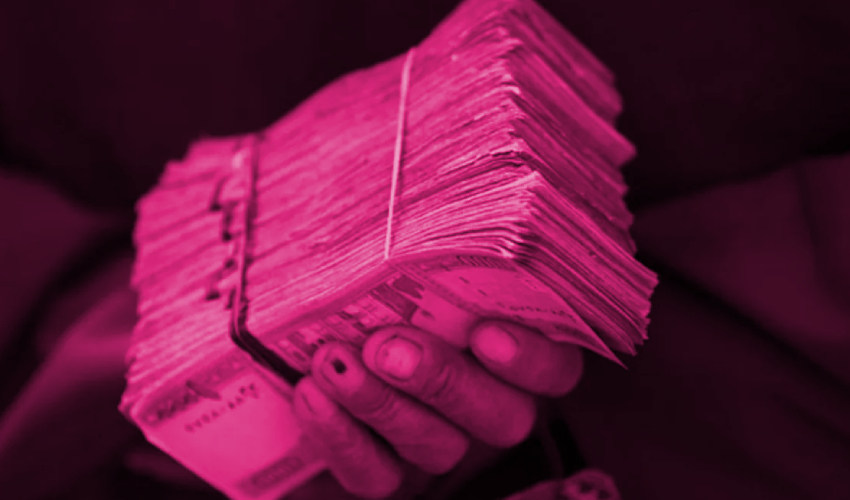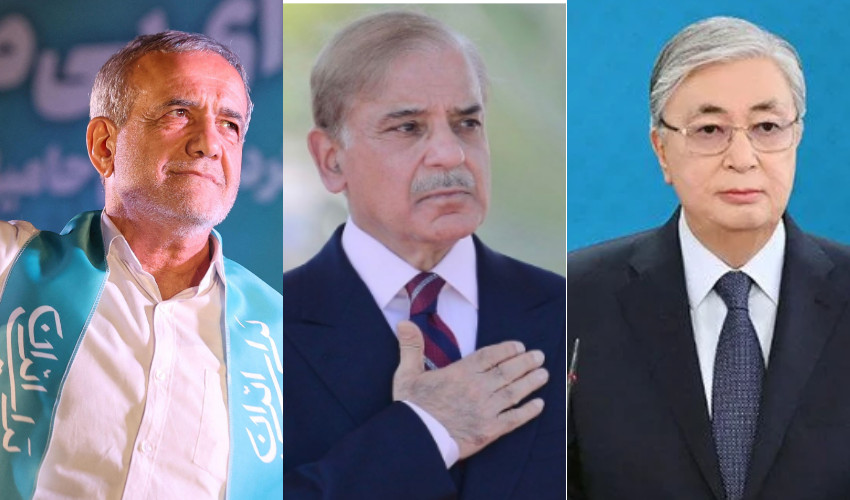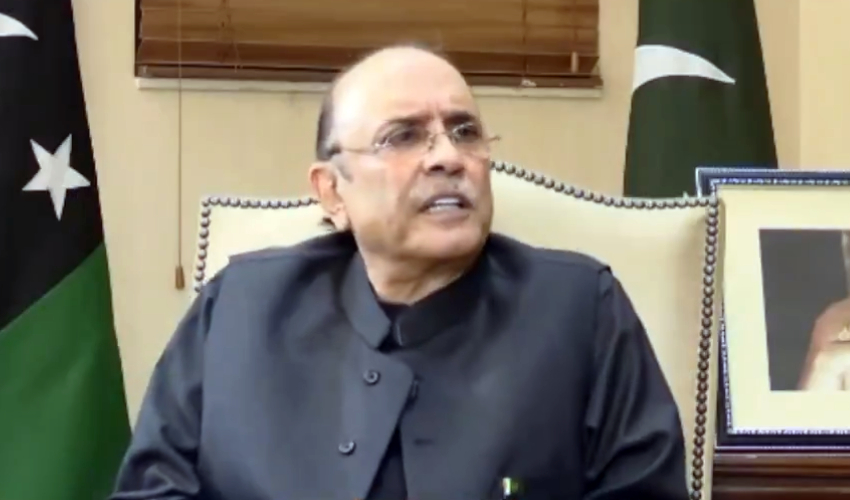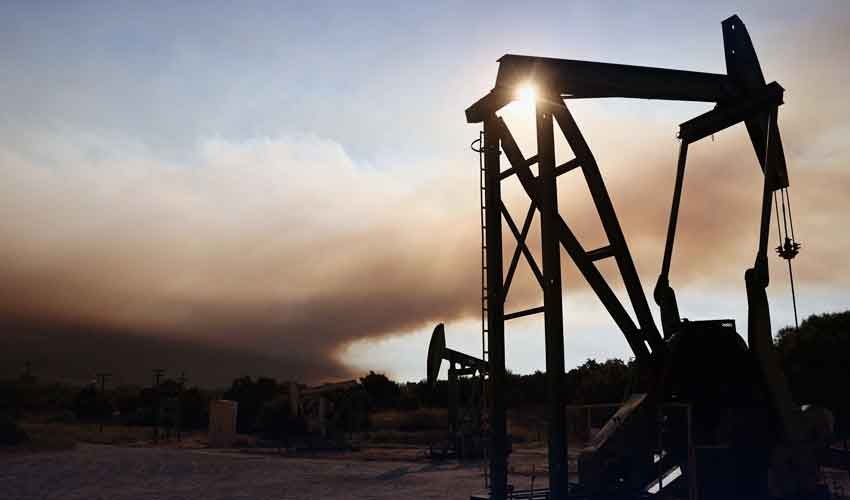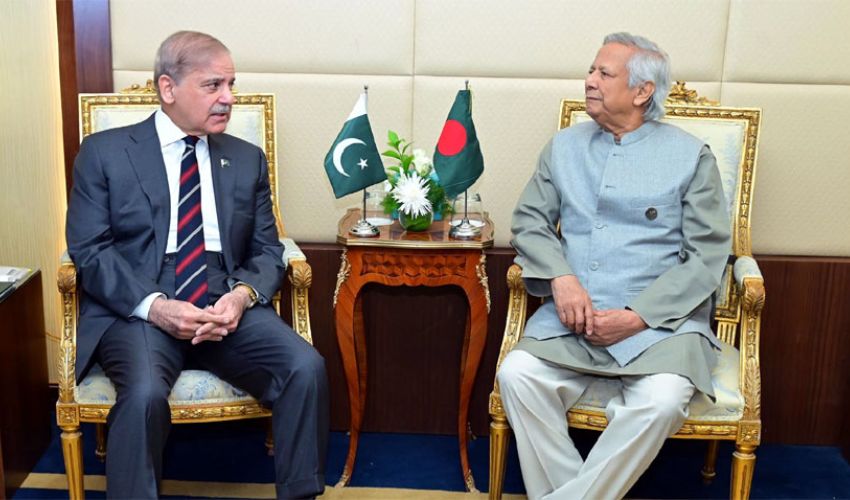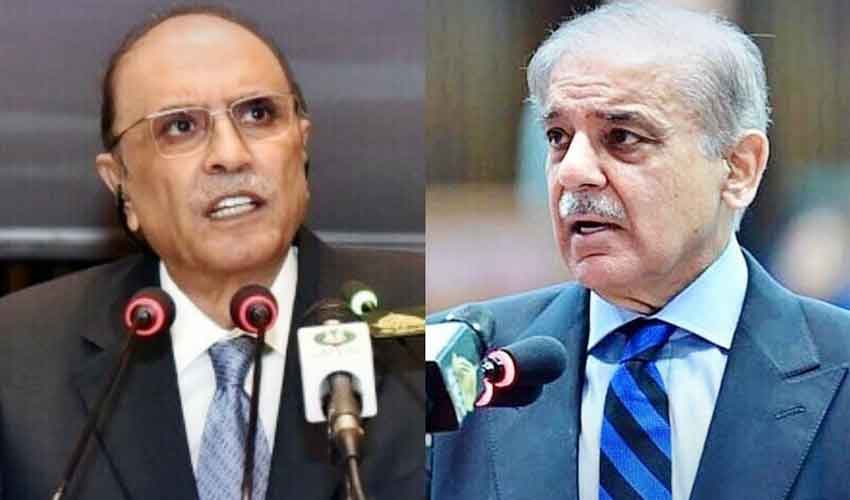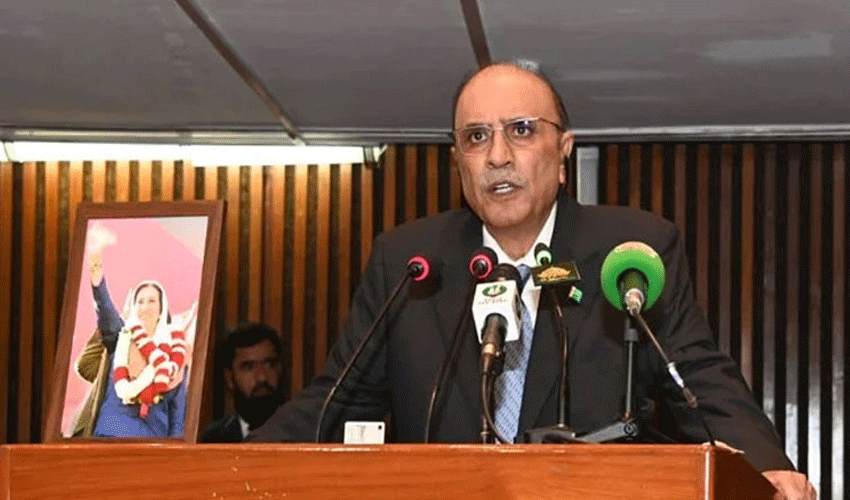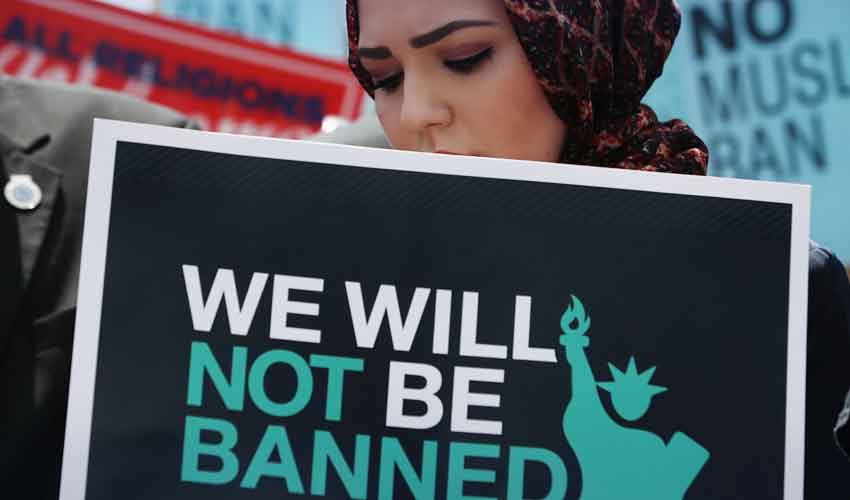In Afghanistan, people buy and sell foreign currency at money exchange shops called sarrafs.
Sarrafs are everywhere, in markets and shops in cities and villages.
The central bank says there is no limit to trading.
Because of the financial sanctions, most money sent to Afghanistan from other countries is now sent through an old money transfer system called Hawala which is a big part of the sarrafs' business.
The United Nations (UN) says Afghanistan needs about $3.2 billion in aid this year. It has already sent about $1.1 billion.
Last year, the UN sent around $4 billion in aid because half of Afghanistan's 41 million people were facing starvation.
The Taliban has imposed tight currency controls since they retook Kabul in August 2021.
These controls ban locals from using the US dollar and Pakistani rupee, and ban online trading.
These measures appear to be working in terms of supporting the value of the Afghani, but Afghanistan's economy has suffered since the Taliban took over.
A massive spike in unemployment has worsened the country's humanitarian crisis.
Around 79% of the population live in poverty, and 44% of people don't have enough food to eat.





